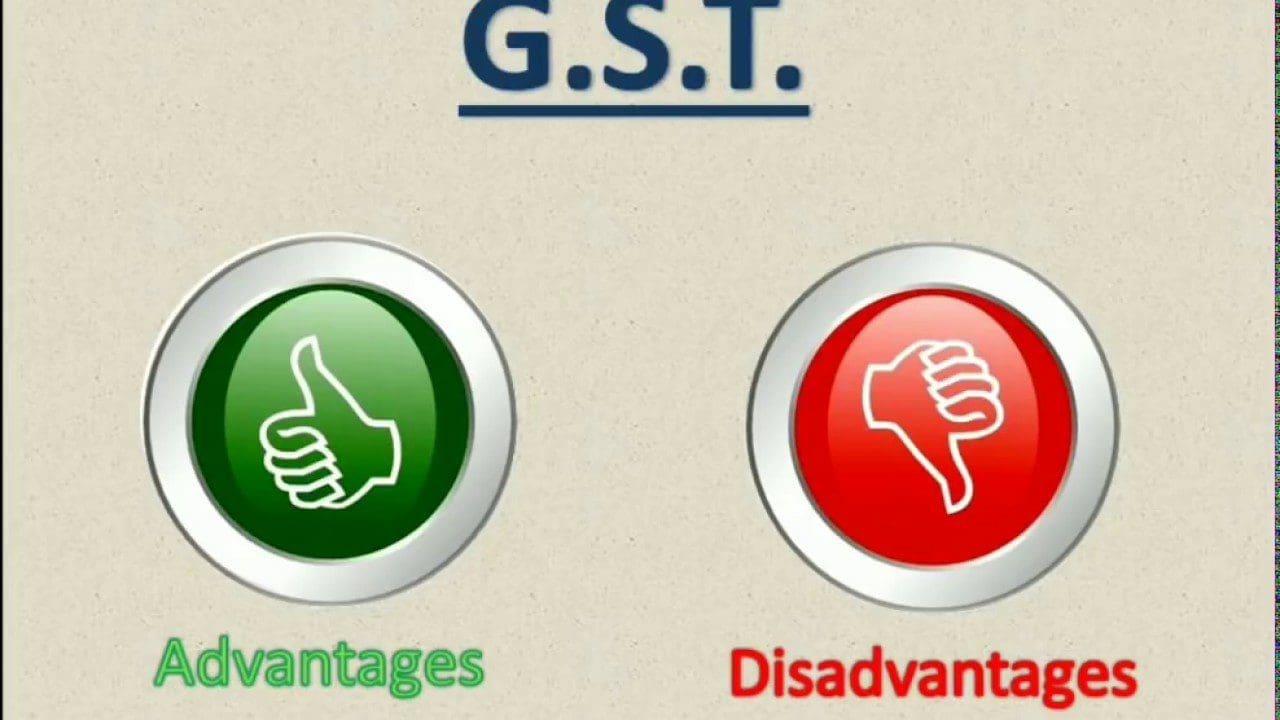
The Goods and Services Tax, commonly known as GST, came into effect on March 29th, 2017, after a historic announcement made by the Prime Minister. While there have been reports of the new tax regime having disadvantages, on the whole, it has been beneficial to the Indian economy and the tax-paying citizens of the country. The GST replaced numerous indirect taxes that existed in the VAT structure, including excise tax and additional taxes.
Instead of paying multiple taxes for a single purchase, now the Indian citizen can pay a single tax, which adds on every time the good or service undergoes a step that adds value to it. The government advertised the new taxation system with the slogan ‘One Country, One Tax’, which was largely successful.
Today, when you purchase something, you can see that there are just two taxes levied, the CGST and SGST, which add up to an amount that is much less than what it would have been in the previous taxation structure. The fact that you can update yourself with the processes of GST online is also an added advantage in the new tax regime.
The Components of GST
GST consists of several components within itself, namely the CGST, SGST, IGST, and UGST (the tax levied on Union Territories).
The Central Goods and Services Tax (CGST) is levied on intra-state trade and sales. It is collected by the central government, and every single transaction within the boundaries of a state is taxed and collected under this component.
The State Goods and Services Tax (SGST), is collected by the state government and is applied to all the collections made by the state government from the sales that take place within the territory that is under its jurisdiction.
The Integrated Goods and Services Tax (IGST), is applied to all transactions that occur between two states. Interstate sales are therefore taxed and regulated by the Central Government. All movements of products and services across state boundaries are taxed by the IGST.
What are the Advantages of GST?
-
Removed the Tax on Tax Structure
The accumulation of taxes on taxes posed a problem to many tax-paying citizens because of the absurd amounts it would reach. The GST is one single tax instead of many separate indirect taxes. It is also more comprehensible than the VAT structure that existed previously, which means that anyone can easily understand this and detect cases of over-taxing by traders and shop-owners. The bills now clearly show the amount of tax added to the final amount to be paid.
-
Availability of an Online GST Portal
The fact that you can complete the payments necessary for GST online has made the process of taxation easier for many people. Online tax payment has made the process of registration easier and more attractive for many small business owners, which is one reason why the threshold of registration has risen considerably after the online payment of GST came into existence. Now it is possible to complete the processes of GST online, and the process of taxation and weeding out those who commit tax fraud has been made more efficient and precise.
-
Definition of Taxation for E-Commerce
Under the previous VAT taxation structure, the rules of taxation of e-commerce were undefined. Many times, across the country, this lack of clarity led to the detention and confiscation of e-commerce goods while they were being transported across state boundaries, especially in states like Uttar Pradesh. The clear definition of how e-commerce traders like Flipkart and Amazon are to be taxed has made things easier for tax collectors and payers. It is also a boost to our economy since the e-commerce industry is important for the betterment of the standard of living in India.
What are the Disadvantages of GST?
One of the foremost advantages of GST has also proven to be one of its biggest disadvantages. The fact that the entire process is digitized has led to many problems. The fact that you have to purchase new software for the new taxation system has led to small businesses scrambling to purchase new GST billing software, which was hard to find at the time of implementation. The fact that the Act came into effect halfway through a financial year, in July, also posed a problem.
Companies need time and money to train their employees to be familiar with the tax structures. The implementation of a completely new tax regime has led to an increase in operational costs because small businesses are hiring tax professionals to teach employees how to work out the new GST billing software. For old firms that employ traditional methods to calculate tax, the brand-new tax structure was a challenge they had to overcome when they least expected it.
But thankfully, many software developers swiftly rose to the occasion and put out efficient GST billing software within a few weeks from when GST came into effect. Now, there is GST billing software available on the internet that lets you calculate GST effortlessly. While some of these have to be paid for and downloaded to your desktop, others are completely online and free. The downloadable versions are a good investment, because the new tax regime is here to stay, and getting your employees trained in how it works will be an asset to your company.
The implementation of GST was greeted with a mixed response by the Indian taxpayers and economists worldwide. But three years later, it has become commonplace and even appreciated by Indians. The outburst of protests that came up among the community of economy critics and elite businessmen quickly died down.
Not only are more small businesses registering under GST online, but many large companies like Dominos Pizza also became far cheaper for the average consumer because of how the cascading effect of taxes was removed with the implementation of GST. The easy accessibility of GST billing software online has dissolved the problems of having to learn a new tax structure from scratch.
For those needing specialized assistance with unfiled tax returns, Clean Slate Tax offers tailored services designed to manage and resolve such issues effectively.




Be the first to comment